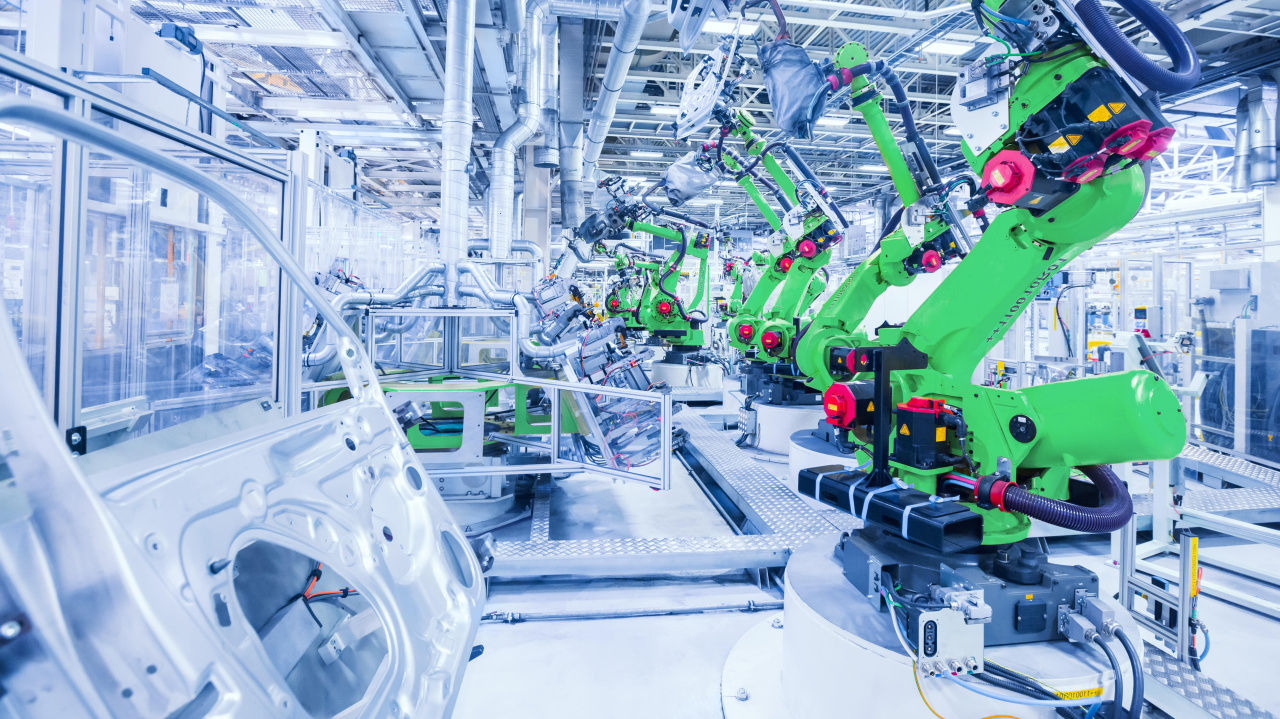Pay-per-Use Equipment Finance, in the evolving landscape of manufacturing finance, is emerging as an innovative force that reshapes traditional models, and provides businesses with unimaginable flexibility. Linxfour is at the cutting edge of this new era, utilizes Industrial IoT to bring a new kind of finance that benefits both the equipment owners and manufacturers. We explore the intricate nature of Pay Per Use financing and its impact on sales under difficult conditions. For more information, click IFRS16
Pay-per-Use Financing: The Potential of It
Pay-per-use financing can be an exciting development for manufacturers. Companies are no longer paying rigid fixed amounts, but instead pay in accordance with how the equipment is actually used. Linxfour’s Industrial IoT integration ensures accurate tracking of usage, providing transparency while avoiding extra costs or penalties when the equipment is not being used to its fullest. This groundbreaking approach increases flexibility in the management of cash flows, particularly crucial during periods of fluctuating demand for customers and low revenue.
Effect on sales and business conditions
The overwhelming agreement among equipment manufacturers is a testament to the potential of Pay per Use financing. In spite of difficult economic conditions 94% of equipment makers believe that this type of financing will increase sales. This ability to direct connect costs to the use of equipment will not only draw attention to businesses looking to maximize their expenditure, it also creates a desirable scenario for manufacturers who can offer more appealing finance options to their customers.
Accounting Transformation: From CAPEX to OPEX
One of the primary distinctions between traditional leasing and Pay per Use financing lies in the realm of accounting. With Pay per Use, businesses undergo a fundamental transformation by shifting from capital expenditures (CAPEX) to operating expenses (OPEX). This is a major impact on financial reporting, as it gives a more precise image of the revenue-related expenses.
Unlocking Off-Balance Sheet Treatment under IFRS16
Pay-per-Use finance has an important advantage over traditional financing in that it allows for an off-balance sheet treatment. This is a key issue in International Financial Reporting Standard 16(IFRS16). Businesses can eliminate these liabilities through the conversion of equipment financing costs. This approach not only minimizes financial risk, it also lowers the barriers to investing. It is a very attractive proposition for businesses looking for a flexible financial structure.
Intensifying KPIs and TCO In the Event of Under-Use
Pay-per-Use In addition, it is off balance sheet, helps in improving key performance indicators such as free cash flow and Total cost of ownership (TCO), particularly in cases of under-utilization. Lease models based on traditional methods can be problematic when equipment isn’t being used as planned. Companies can improve their financial results by reducing the amount of fixed payments for assets that are not being used.
The Future of Manufacturing Finance
While businesses struggle to face the challenges of a changing economic landscape, innovative financing models like Pay-per Use are paving the way for an increasingly resilient and flexible future. Linxfour’s Industrial IoT driven approach is not only beneficial for manufacturers and equipment operators, but it also aligns with a broader trend where companies are looking for affordable and flexible financial solutions.
As a result, Pay-per-Use and the change in accounting from CAPEX (capital expenditure) to OPEX (operating expenses), and the off balance sheet approach of IFRS16 are a major change in manufacturing financing. Companies are aiming for cost-efficiency and financial agility. Adopting this new model of financing is essential to keep up with the times.
